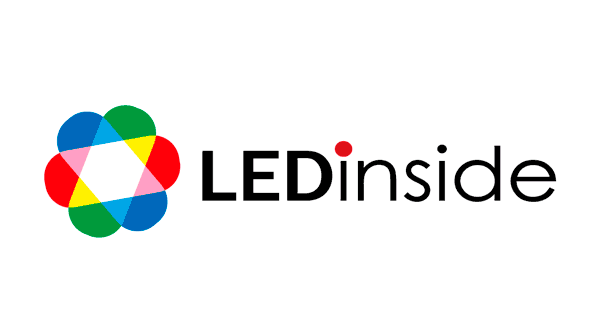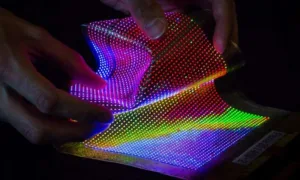 According to LEDinside, a division of TrendForce, the market value of Micro LED and Mini LED devices is estimated to reach $1.38 billion by 2022. Micro LED displays and Mini LED backlight technology have been in the spotlight during this year’s exhibitions of consumer electronics and display technology.
According to LEDinside, a division of TrendForce, the market value of Micro LED and Mini LED devices is estimated to reach $1.38 billion by 2022. Micro LED displays and Mini LED backlight technology have been in the spotlight during this year’s exhibitions of consumer electronics and display technology.
Major manufacturers, including Samsung, Sony, and AUO, have showcased conceptual products. It is also said that Samsung may mass-produce ultra-large Micro LED TVs, driving more manufacturers to invest in Mini LED R&D. Research director Roger Chu said:
“Micro LED still faces many technical bottlenecks, including epitaxial wafer/chip, transfer, full colour, driver IC, backplane and inspection/repair technology.
Transfer technology used to be the biggest bottleneck but new transfer solutions have been emerging, such as Pick & Place transfer, fluid assembly, laser transfer and roller transfer. It is expected that there will be more cost-competitive solutions in the future, which may accelerate the advancement of Micro LED”.
LEDinside notes that Micro LED technology is most likely to be adopted for display products with special requirements, especially those beyond the capabilities of LCD and OLED displays.
The company expects that Micro LED will be gradually applied to AR micro-projections, which require high brightness; automotive HUD projection applications; and ultra-large digital displays in the near future. LEDinside estimates that the market value of Micro LED products will reach $694 million by 2022.
Considering the existing technical barriers for Micro LED technology, manufacturers will likely launch Mini LED backlight solutions this year, hoping to boost demand. According to LEDinside, displays using Mini LED backlighting may appear in the market in the second half of 2018. The market value of Mini LED products is expected to reach $689 million by 2022.
Different from conventional LED backlighting, Mini LED chips are smaller in size. Coupled with direct-type LED backlighting and local dimming, the number of LED chips used will multiply. Therefore, Mini LED will become a key application that drives the demand for LED chips.
However, the costs of Mini LED backlighting remain too high for mainstream displays, while problems of heat dissipation and power consumption have not been solved yet.
Therefore, Mini LED may cut into the market through high-end consumer products like gaming notebooks, gaming monitors and monitors with special applications, as well as niche products like high-end TVs with high resolution, contrast and colour saturation.
These products put more focus on specifications than on competitive prices and thus, they will become the main battlefield for vendors who aim to achieve technology differentiation through Mini LED backlight technology.

